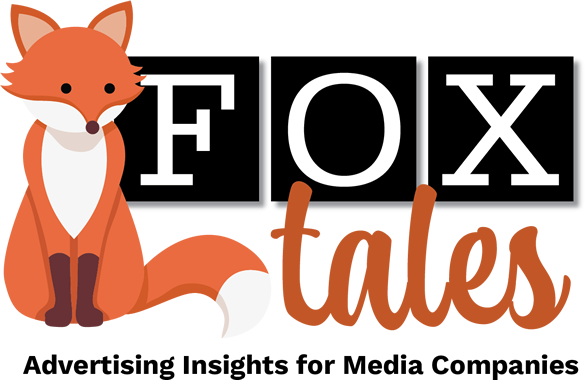By Tony Silber
The term “brand safety” is being used a lot these days as Twitter reels from the impact of its new owner, Elon Musk. In just a month, Musk, who paid $44 billion for the giant social network, has dramatically undermined advertising, the company’s main source of revenue.
The luxury brand Balenciaga is among a growing list of companies that have dialed back their Twitter spending in recent weeks. They include General Motors, Volkswagen, Pfizer and General Mills, plus the advertising giant Interpublic Group, which counts Coca-Cola and Unilever among clients, as well as the French ad agency Havas Media, which represents Huawei, Heinz, and IBM. Also, United Airlines, Chipotle and Eli Lilly have made similar announcements about pauses or suspensions.
“We are engaging with Twitter to understand the direction of the platform under their new ownership,” a GM spokesperson told CNBC. “As is normal course of business with a significant change in a media platform, we have temporarily paused our paid advertising. Our customer care interactions on Twitter will continue.”
Brand safety has always been a concern when it comes to social media, which remains an unregulated free-for-all, a frequent distribution channel for disinformation, hate, bigotry and “fake news” in its first and true meaning.
Between Twitter’s travails and the decline in stock value and credibility for Facebook and parent company Meta, the Atlantic went as far recently as to proclaim that “the age of social media is ending. It never should have begun.”
That may or may not be happening, but the truth is that “brand safety” is just a different and newer way of saying that context matters. And unlike social media, context is something that print and digital media brands excel at providing.
In fact, a report earlier this month in MediaPost showed (yet again) that ads work better when they’re near relevant content. The conclusion comes from a study by DoubleVerify and conducted by Sapio Research called “Four Fundamental Shifts in Advertising & Media.” Sapio surveyed 16,608 consumers across 18 countries in June 2022, MediaPost said. Of the online shoppers polled, according to MediaPost, 67% were more likely to pay attention to an ad if it’s relevant to the content they’re viewing. And 61% indicated they’re less likely to purchase from a brand if its ads appear besides mis- or disinformation.
Even more, over a third of consumers admitted to feeling digital fatigue. All of this presents opportunity for media brands, at the very least in their sales positioning. “With the post-cookie era fast-approaching, this research emphasizes the need for brands to invest in privacy-safe contextual targeting to grab consumer attention by placing ads alongside relevant content at crucial moments,” Jack Smith, chief product officer at DoubleVerify, said in the MediaPost report.
